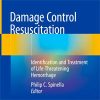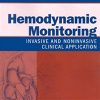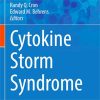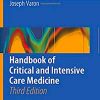Optimizing Oxygenation For Tracheal Intubation in Critically Ill Patients
journals.lww.comTracheal intubation (TI) is a common procedure frequently performed in critically ill patients and is an integral part of emergency airway management (EAM).
However, it carries inherent risks and can significantly impact patient outcomes.
An international observational study evaluating TI practices in critically ill adults reported adverse peri-intubation events in 45% of the patients, with severe hypoxia reported in about 10% of the patients.
Similarly, a prospective observational study of TI in critically ill adults in Spanish intensive care units (ICUs) reported a peri-intubation complication rate of 40%, and severe hypoxemia was observed in 20% of the patients.
Critically ill adults requiring EAM often have a physiologically difficult airway (PDA), wherein their physiologic perturbations predispose them to complications during TI and/or the initiation of positive pressure ventilation.

















